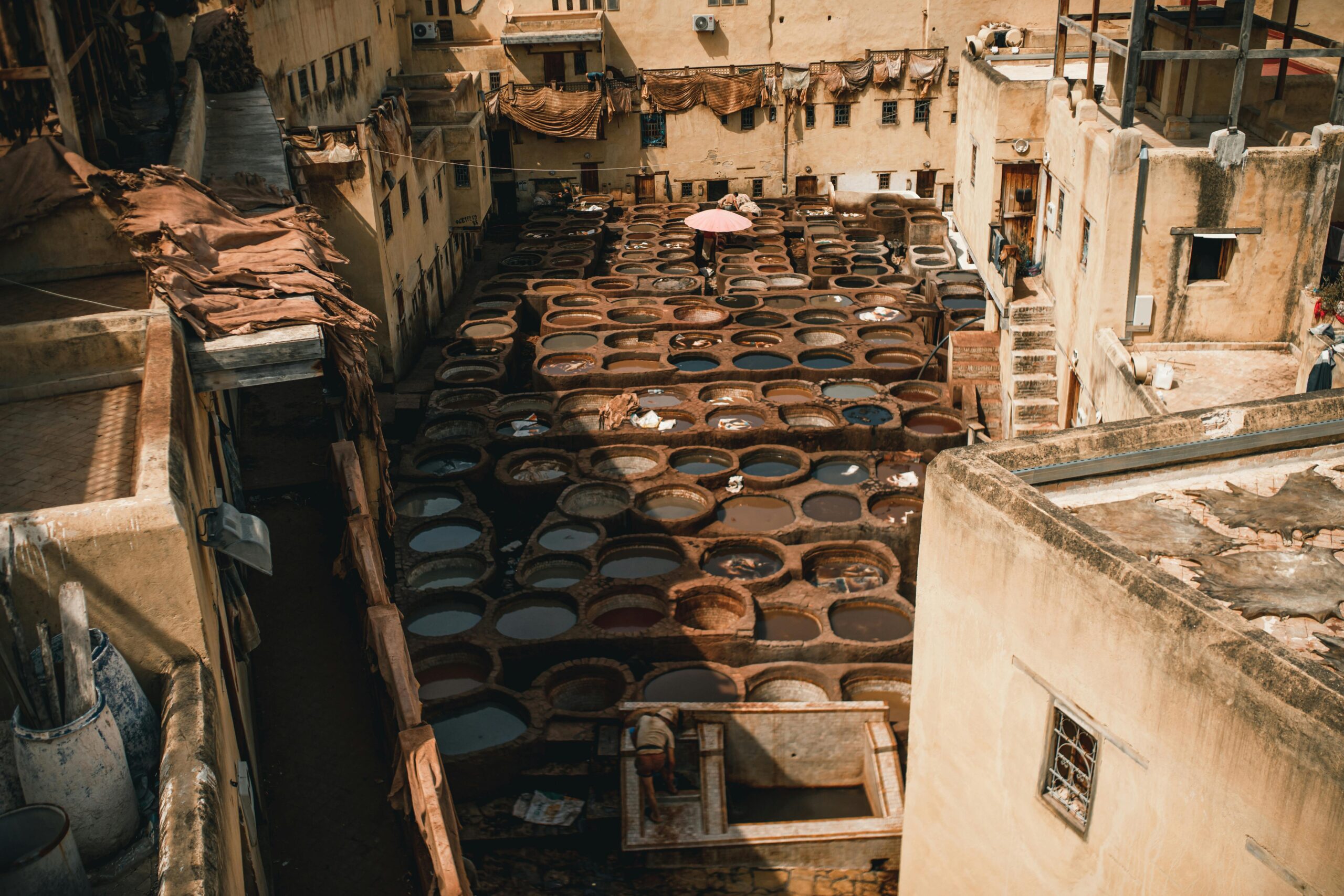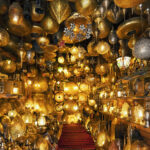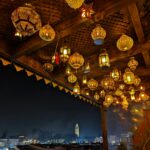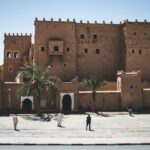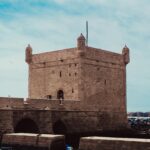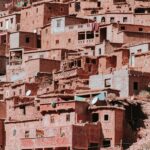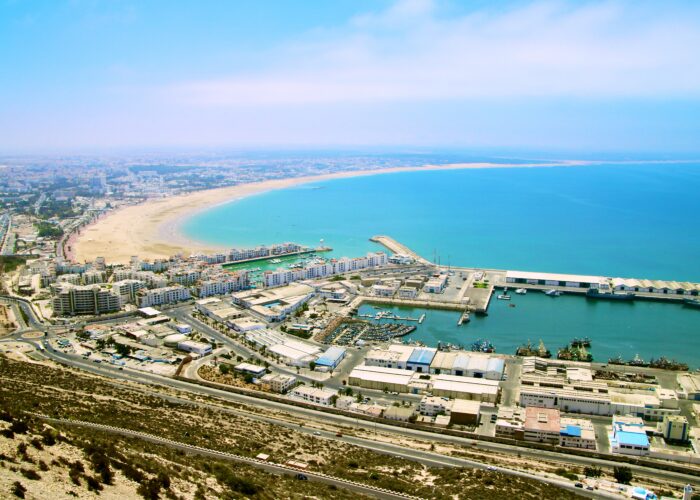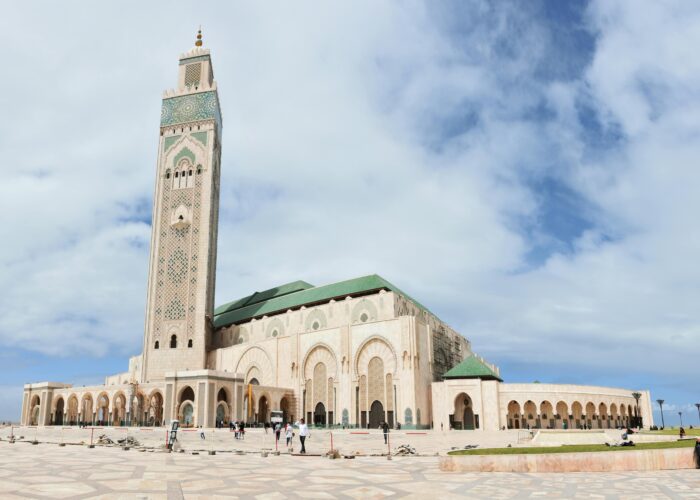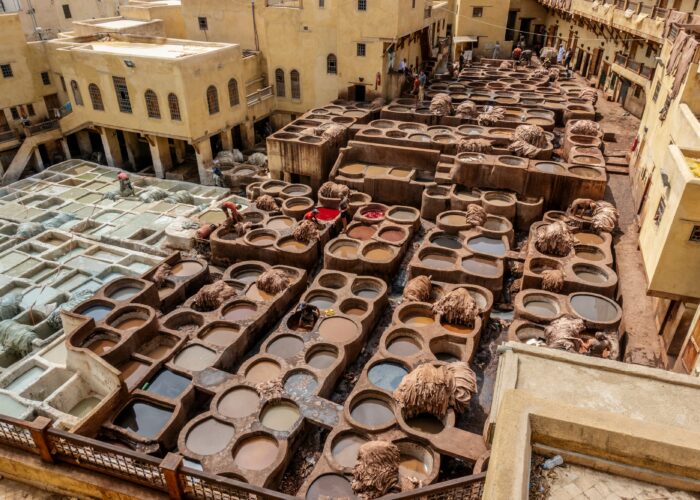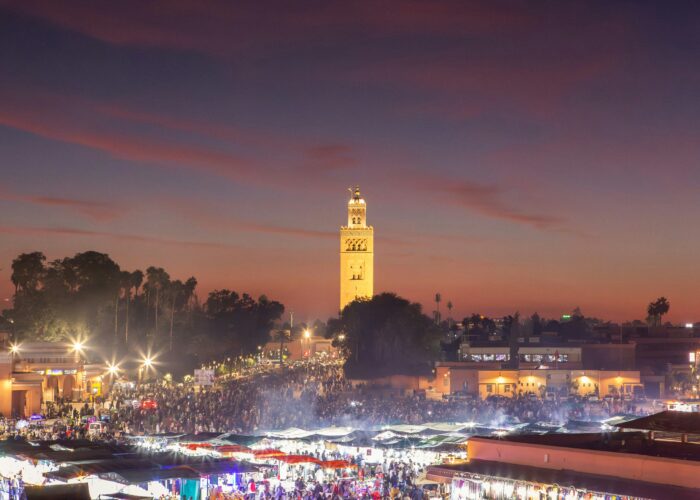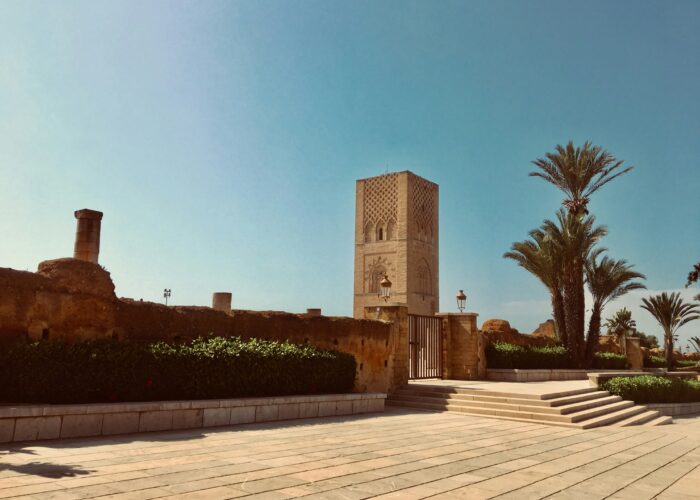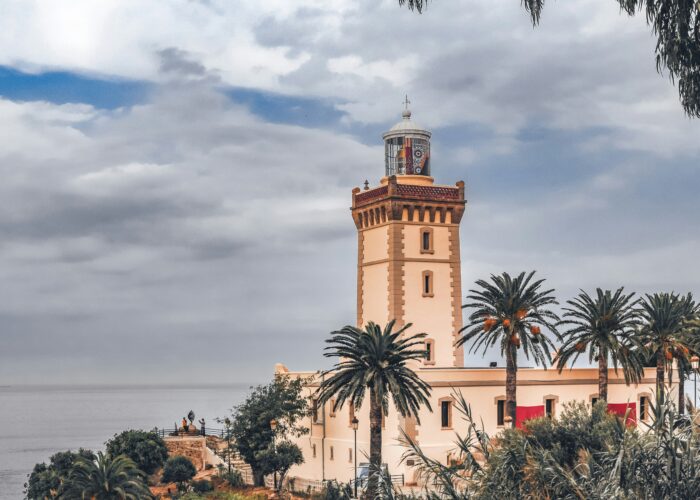Understanding the Medinas: A Cultural and Historical Overview
Medinas in Morocco serve as vibrant, historical centers that encapsulate the country’s rich cultural heritage. Primarily characterized by their labyrinthine streets and dense architecture, the medinas are not merely urban neighborhoods; they are the beating hearts of Moroccan cities like Fes and Marrakech. Fes, recognized as the oldest town in Morocco, boasts a particularly well-preserved medina that highlights why Fes is popular among historians and tourists alike. The medina of Marrakech, on the other hand, is famed for its bustling souks and lively atmosphere, making it a top tourist attraction in Morocco.
The structural layout of these medinas represents a unique architectural style, integrating Islamic design principles and local materials. Narrow winding streets guide visitors through vibrant marketplaces where artisans showcase their crafts, allowing for an immersive shopping experience. For those wondering what to buy in Marrakech medina, options range from intricate jewelry to stylish leather bags, enhancing the cultural experience of shopping in these historic marketplaces. This intricate connection between commerce and tradition underlines why medinas are special.
Many Moroccan medinas, including Fes el-Bali and Marrakech’s medina, have earned UNESCO World Heritage status, signifying their cultural and historical importance. Preservation efforts are in place to maintain these sites, ensuring that future generations can appreciate their beauty and significance. The social fabric of Moroccan life is interwoven with these medinas, serving as communal spaces where locals gather, trade, and celebrate. Each turn in the medina reveals something new, from age-old markets to hidden riads, making these areas not only visually captivating but also vital to understanding Moroccan identity.
Furthermore, questions about safety often arise when considering a visit to these medinas. Both Fes and Marrakech are generally safe for tourists, though typical precautions should be observed. Understanding the intricacies of these historic areas enriches the travel experience, whether you’re exploring the holes in Marrakech walls or learning how to say hello in Moroccan Arabic.
Fes: The Spiritual Heart of Morocco
Fes, often regarded as the spiritual heart of Morocco, is a city where history and tradition intertwine seamlessly. The medina of Fes, a UNESCO World Heritage site, houses the esteemed Al Quaraouiyine University, which is recognized as the oldest university in the world. This remarkable institution stands as a testament to Morocco’s long-standing commitment to education and scholarship, attracting students from around the globe.
The significance of Fes extends beyond its academic achievements; it is also famed for its vibrant artisan traditions. The medina of Fes showcases a plethora of skilled artisans who create exquisite crafts, from intricately designed pottery to elaborate metalwork. When visiting, one can expect to encounter bustling souks, where the aroma of traditional Moroccan spices mixes with the enticing scent of freshly baked goods. In these markets, visitors can engage in a unique shopping experience, exploring what to buy in the Marrakech medina—ranging from beautiful textiles to authentic leather goods.
Notable attractions within the medina include the historic Bou Inania Madrasa and the ten monumental gates that punctuate its walls, each revealing a snippet of Fes’ rich history. Furthermore, the diverse street food scene invites visitors to savor local delicacies, such as b’stilla and harira, providing a culinary adventure through the city’s flavors. While exploring, one might notice the famous holes in Marrakech walls, pointing to the city’s fortified past.
Those concerned about safety will find that Fes is generally safe to visit, particularly in comparison to other cities in Morocco. Nevertheless, it remains essential to observe typical travel precautions. In essence, Fes embodies a unique blend of cultural heritage and spiritual significance, making it an essential stop for anyone exploring the rich tapestry of Morocco.
Marrakech: The Vibrant Jewel of the South
Marrakech, known as the most visited city in Morocco, stands out with its vibrant medina, where history and modernity coexist harmoniously. The medina of Marrakech is not only a UNESCO World Heritage site, but it is also a treasure trove of cultural experiences and local craftsmanship. As you stroll through the narrow alleys, you are enveloped by the sights, sounds, and scents of bustling markets known as souks. Here, vibrant colors of spices, intricate textiles, and exquisite leather goods tantalize the senses. Tourists often wonder what to buy in Marrakech medina, and items such as traditional Moroccan carpets, handcrafted jewelry, and unique home decor are among the must-have souvenirs.
One of the highlights of Marrakech is the famous Jamaa el Fna square, where traditional performances, food stalls, and bustling crowds create an electric atmosphere. It is here that visitors can experience the essence of Moroccan culture—engaging with local storytellers, musicians, and henna artists. The square transforms from a lively market during the day into a vibrant dining and entertainment hub by night, showcasing the best of Moroccan cuisine. For those curious about local dining customs, it is advisable to discover the local eateries and try dishes such as tagine and couscous, as well as freshly squeezed juice from the many vendors.
Navigating Marrakech requires some caution, as it can be overwhelming at times. It is essential to be aware of your surroundings and avoid secluded areas, especially after dark. Additionally, the presence of narrow alleys could pose challenges for directions; thus, having a map or utilizing a local guide may enhance your visit. Engaging with local craftspeople can provide insights into the culture, giving you a deeper understanding of what makes Marrakech special. From exploring its famous medinas to observing the captivating holes in Marrakech walls, every corner tells a story.
Exploring Beyond Fes and Marrakech: Other Notable Medinas
While Fes and Marrakech often take center stage in discussions about Moroccan medinas, several other towns boast unique attractions and experiences that are worthy of exploration. One such location is Essaouira, a coastal gem known for its vibrant arts scene and fresh seafood. This charming medina is characterized by its laid-back atmosphere, where visitors can stroll along the beach, visit art galleries, and shop for local crafts. Essaouira’s historic port, a UNESCO World Heritage site, offers a fascinating glimpse into its maritime past, and the local markets present some of the best opportunities for purchasing unique souvenirs, such as intricate woodwork and vibrant textiles.
Another noteworthy destination is Chefchaouen, often referred to as the “Blue City” due to its striking blue-washed buildings. Nestled in the Rif Mountains, this medina is famed for its stunning vistas and peaceful ambiance. Tourists can partake in leisurely hikes and seek out local artisan shops showcasing handmade goods, including woolen garments and traditional handicrafts. The aesthetic appeal and slower pace of Chefchaouen make it a serene alternative to its more bustling counterparts.
Tangier also deserves mention as a captivating medina that exemplifies a blend of cultures. Situated at the crossroads of Europe and Africa, it features a distinct European influence reminiscent of its historical significance as an international zone. Visitors to the medina of Tangier can explore winding narrow streets filled with cafes, shops, and vibrant local markets that highlight the region’s rich culinary offerings. As travelers consider their itineraries, these cities offer diverse cultural landscapes and experiences that extend beyond the well-trodden paths of Fes and Marrakech.

